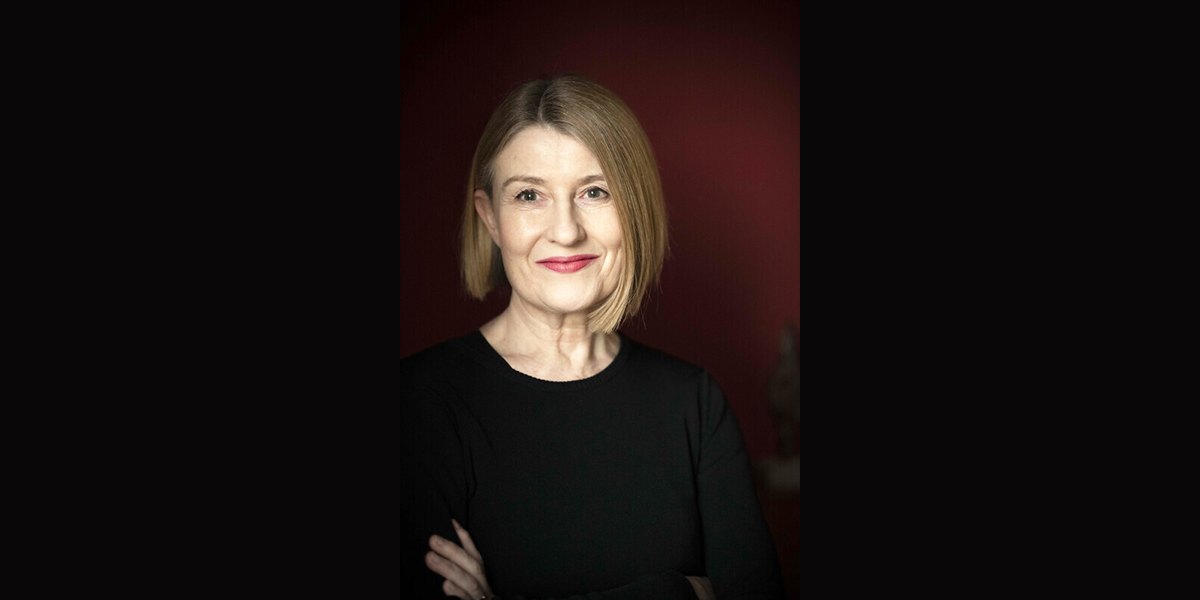After three decades of shaping the Yorkshire Sculpture Park into a global cultural destination, Clare Lilley is set to step down this July, leaving a much improved landscape, both literally and figuratively. Her departure marks the end of an era that saw YSP evolve from regional treasure to international heavyweight under her watchful eye.
Lilley’s curatorial fingerprints are everywhere: from bringing radical names like Ai Weiwei and James Turrell to the Yorkshire hills, to embedding works by Kimsooja and Erwin Wurm into the permanent collection with quiet determination. Her programming balanced blockbuster appeal with rigorous attention to overlooked voices – a tightrope walk few institutions manage without toppling into populism.
Beyond exhibitions, she reshaped the park itself. Those walking YSP’s paths today move through spaces she helped conceive – two award-winning buildings that marry contemporary vision with 18th-century topography. Even the soil seems to remember her insistence that art belongs to its environment.
The post-pandemic years tested her strengths. Financial overhauls, governance reforms, and a reinvigorated trustee board emerged from her leadership – groundwork that positions YSP for its 50th anniversary in 2027. That her final show a William Kentridge exhibition feels poetically apt: an artist who, like Lilley, understands how landscapes hold memory.
Peter Clegg, YSP’s Chair of Trustees, notes how she “brought both new audiences and new artists” without ever diluting the Park’s singular magic. Interim Director Kevin Rodd inherits an institution at its fighting weight – lean, focused, and punching far above its rural postcode.
In her own words, Lilley leaves with “YSP’s soil in [her] veins,” drawn abroad by family and fresh challenges.
Yorkshire Sculpture Park
In 1977, when art historian Peter Murray looked at the neglected 18th-century Bretton Hall estate and saw possibility where others saw decay. This wasn’t about placing sculptures in a park – it was about testing whether 500 acres of Yorkshire countryside could become a radical new kind of art institution.
Henry Moore’s bronzes arrived first, their organic forms conversing with the rolling landscape in ways the white cube never allowed. By the 1980s, the Park had become a sanctuary for artists working on a large scale – Andy Goldsworthy stacking sandstone, David Nash charring oak – all drawn to this rare place where earthworks didn’t require institutional permission slips.
The 1990s brought architectural interventions. The Underground Gallery (1999) buried exhibition spaces like archaeological finds, while the Bothy Gallery repurposed a derelict stable block – early signs of YSP’s knack for marrying heritage with contemporary vision. When the £3.6 million Weston Visitor Centre opened in 2012, its limestone walls and green roofs proved that sustainability could be seamless, not tokenistic.
Under Clare Lilley’s leadership (2014-2024), the program gained global heft without losing its site-specific soul. Ai Weiwei’s iron trees took root here before circling the world; James Turrell’s sky spaces found their purest expression above these fields. The collection grew smarter too – fewer trophy pieces, more works like Kimsooja’s fabric installations that whisper to the landscape.
What makes YSP endure? Perhaps its refusal to be just an open-air museum. This remains a working laboratory where grazing sheep critique land art by proximity, where schoolchildren encounter Antony Gormley’s figures as naturally as oak trees. As it approaches 50, the Park still asks the same urgent question: whose countryside is this, really?
YSP begins its search for a new Director this month. The William Kentridge exhibition continues through autumn.

